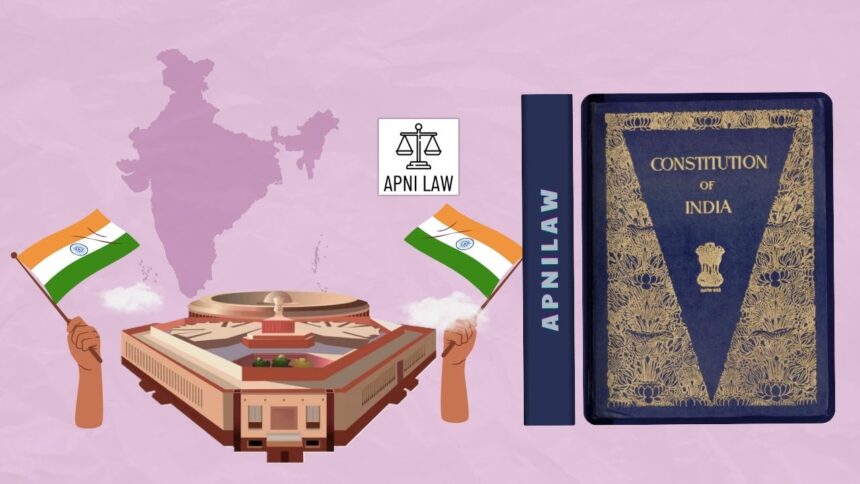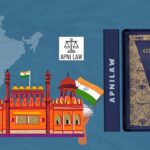Introduction
Pressure groups play a crucial role in shaping the political and social landscape of India. While they do not contest elections like political parties, their influence on policy decisions, public opinion, and governance is undeniable. These groups function as vital links between the people and the government, helping articulate public demands and safeguard specific interests. In India’s democracy, pressure groups have emerged as important actors that balance power, ensure accountability, and promote participatory governance.
The concept of pressure groups is not new. It evolved alongside democratic politics as societies became more complex and citizens began organizing around shared goals, economic, social, cultural, or professional. In India, they have become an essential part of the political ecosystem, especially after independence, reflecting the diverse aspirations of the country’s people.
Meaning and Nature of Pressure Groups
A pressure group is an organized body of individuals who share common interests and aim to influence government policies and decisions without seeking direct political power. They operate through persuasion, lobbying, public campaigns, and protests rather than by contesting elections. Their primary goal is to shape legislation and policies in a way that aligns with their members’ interests.
Pressure groups in India operate at various levels local, state, and national, and cover a wide range of issues, from labor rights and environmental protection to business interests and social justice. While political parties aim for control of government, pressure groups aim to influence those who hold power.
Historical Background
The history of pressure groups in India dates back to the colonial period. Organizations like the Indian National Congress (INC) initially began as a pressure group to represent Indian interests before the British government. Other groups, such as the All India Trade Union Congress (AITUC), emerged in the early 20th century to champion the cause of workers.
After independence, the growth of democracy and expansion of civil society encouraged the formation of new types of pressure groups. Farmers’ associations, teachers’ unions, environmental activists, and women’s organizations began voicing their demands and influencing public policy. The rise of mass media and social media has further amplified their reach and impact.
Types of Pressure Groups in India
Pressure groups in India can be classified into several categories based on their composition, objectives, and methods of operation.
Business and Industrial Groups
Business and industry-based pressure groups represent the interests of the corporate sector and traders. Prominent examples include the Federation of Indian Chambers of Commerce and Industry (FICCI), Confederation of Indian Industry (CII), and the Associated Chambers of Commerce and Industry of India (ASSOCHAM). These groups engage with policymakers to advocate for favorable trade policies, tax reforms, and economic regulations.
Agricultural and Farmers’ Groups
Agricultural pressure groups represent the interests of farmers and rural communities. Organizations like the Bharatiya Kisan Union (BKU) and Shetkari Sanghatana play a major role in shaping agricultural policies, minimum support prices (MSPs), and rural welfare schemes. Their protests and movements have often led to significant policy changes.
Labor and Trade Unions
Trade unions protect the rights of workers in both public and private sectors. Examples include the All India Trade Union Congress (AITUC), Indian National Trade Union Congress (INTUC), and Bharatiya Mazdoor Sangh (BMS). They negotiate with employers and the government for better wages, working conditions, and social security.
Professional and Educational Groups
These groups represent specific professions like doctors, lawyers, and teachers. The Bar Council of India and the Medical Council of India are examples. They advocate for professional autonomy, fair regulations, and improvements in educational and training systems.
Caste and Community-Based Groups
India’s social diversity has given rise to community-based organizations that represent specific caste or religious interests. Examples include the All India Muslim Personal Law Board and organizations representing Scheduled Castes, Scheduled Tribes, and Other Backward Classes. While they help marginalized groups voice their concerns, they can also influence the politics of identity.
Environmental and Social Activist Groups
In recent decades, environmental and social justice groups have gained prominence. Organizations like the Chipko Movement, Narmada Bachao Andolan, and Centre for Science and Environment (CSE) have successfully pressured governments to adopt eco-friendly policies and prioritize sustainable development.
Methods Used by Pressure Groups
Pressure groups use various strategies to achieve their goals. They often lobby government officials, meet ministers, and submit memoranda to influence decisions. Peaceful protests, public demonstrations, and media campaigns are common tools to attract attention to their causes.
In modern times, social media platforms have become powerful spaces for mobilization. Online petitions, digital activism, and awareness campaigns allow pressure groups to reach large audiences instantly. Some also use judicial mechanisms like Public Interest Litigations (PILs) to push for policy change, as seen in environmental and human rights cases.
Impact of Pressure Groups on Indian Politics
Pressure groups have had a profound impact on policymaking in India. They help keep the government informed about public needs, ensure accountability, and contribute to policy diversity. For example, farmers’ movements have influenced agricultural subsidies and procurement prices, while environmental groups have led to stricter pollution control laws.
They also play a watchdog role by highlighting corruption, human rights abuses, and administrative inefficiency. The Right to Information (RTI) movement, led by grassroots organizations, resulted in the landmark RTI Act of 2005, empowering citizens to seek transparency from public authorities.
However, pressure groups can also have negative effects. Sometimes, they prioritize narrow sectional interests over national welfare, leading to policy distortions. When influenced by money power or partisan politics, they may act as lobbying groups serving elite interests rather than the common good.
Pressure Groups and Democracy
In a democracy like India, pressure groups strengthen the participatory process. They act as a bridge between the people and the state, ensuring that citizens’ voices are not confined to periodic elections. By mobilizing public opinion, they make governments more responsive and policies more inclusive.
At the same time, their influence must be balanced with democratic accountability. Excessive pressure from sectional groups can fragment policy priorities and hinder governance. Thus, the challenge lies in ensuring that their activism contributes to public interest and not just private advantage.
Challenges Faced by Pressure Groups
Pressure groups in India face several challenges. Many lack organizational strength and funding, limiting their ability to sustain long-term campaigns. Internal divisions, political co-option, and limited access to policymakers often reduce their effectiveness. Additionally, groups representing marginalized communities sometimes struggle to gain media attention compared to well-funded business or political lobbies.
Despite these challenges, the growing reach of civil society and digital media has created new opportunities for citizen participation and advocacy.
FAQs on Pressure Groups in India
1. What is the main difference between a pressure group and a political party?
A political party seeks to gain political power by contesting elections, while a pressure group aims to influence policy decisions without directly participating in elections.
2. How do pressure groups influence the government?
They influence the government through lobbying, public campaigns, petitions, protests, and by raising awareness about specific issues that require attention.
3. Are pressure groups good for democracy?
Yes, when functioning transparently, they enhance democracy by ensuring accountability, promoting inclusivity, and giving citizens a direct voice in governance.
Conclusion
Pressure groups are an essential component of Indian democracy. They embody the spirit of collective participation and provide a platform for citizens to express their interests and concerns. Through protests, advocacy, and public engagement, they help the government stay attuned to the needs of various sections of society.
While their influence can sometimes create policy challenges, it also ensures that no single entity dominates public discourse. In a diverse and vibrant democracy like India, pressure groups act as catalysts for change, reminding the government that democracy is not just about representation but also about constant dialogue and responsiveness.
For any specific query call at +91 – 8569843472








